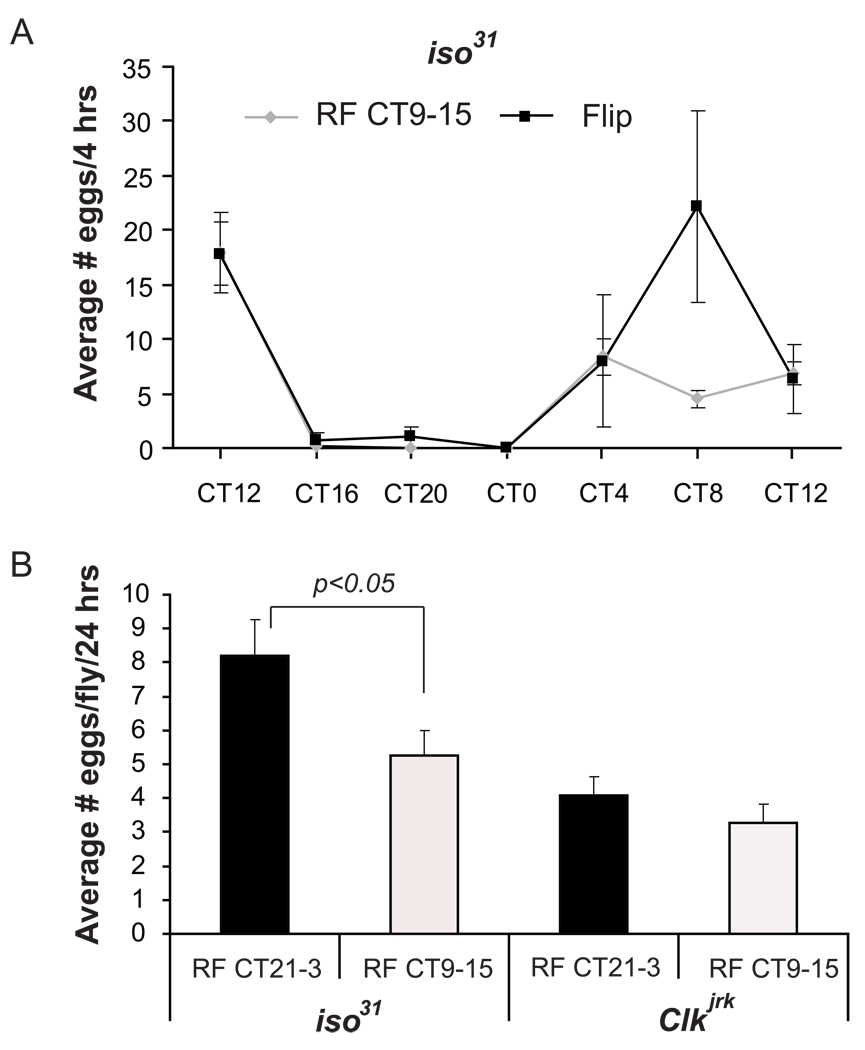Figure 6. The effect of restricted feeding on the timing and number of eggs laid.
Flies were maintained on a restricted feeding paradigm for six days, and then transferred to ad lib food. (A) On the first day after RF, the egg-laying rhythm was measured, as described in Figure 4, in wildtype iso31 flies maintained on RF CT9-15. (B) The total number of eggs laid on the first day following RF was measured in wildtype and ClkJrk flies maintained on RF CT9-15 or RF CT21-3. Iso31 flies fed between CT9 and CT15 lay fewer eggs than those fed between CT21 and CT3. This difference is not seen in ClkJrk flies. The experiments were performed twice with 10 vials for each genotype per experiment. For (B) since eggs were collected over a 24-hour period, only five flies were housed per vial. Since the survival rate was different from vial to vial, the data are plotted per fly, with the error bars indicating variability across vials. Statistical significance was determined by two-tailed Student’s t-test with unequal variance. Error bars represent S.E.M for parts A and B.

